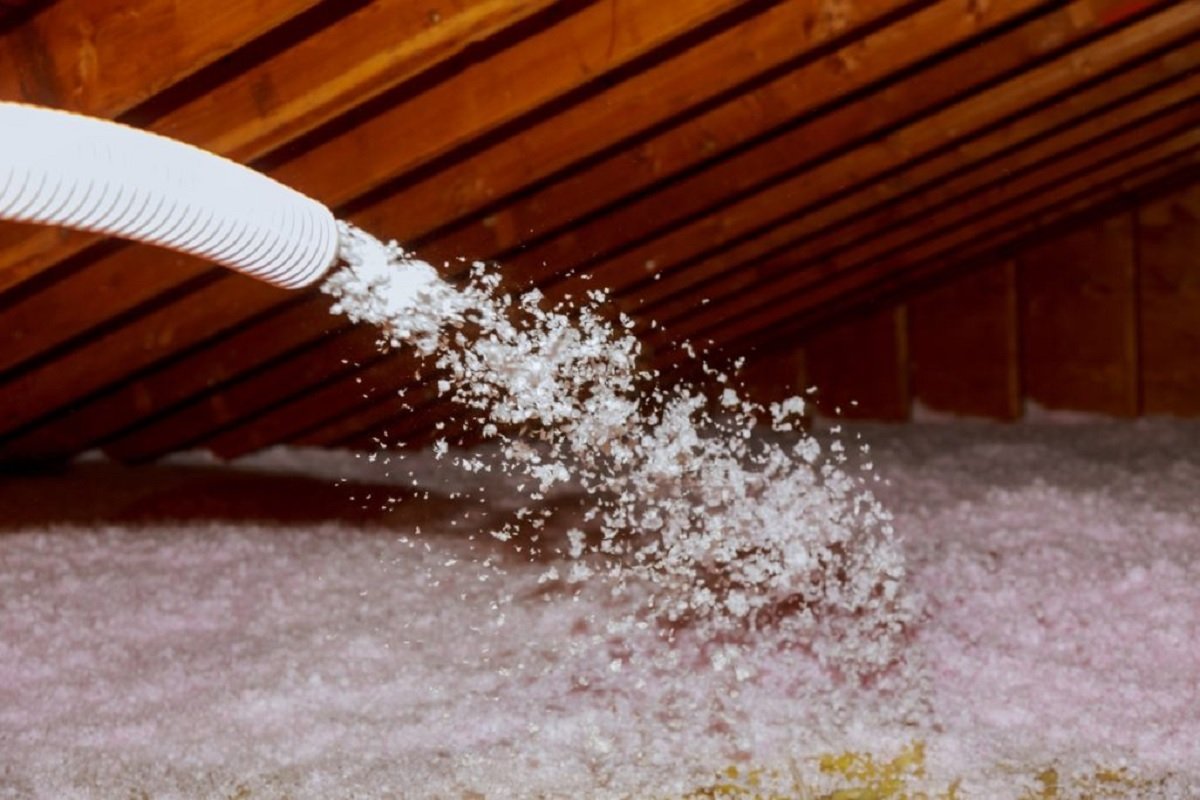
The Value of Moisture Resistant Insulation
February 1, 2023
The Benefits of Spray Foam Insulation
February 7, 2023Closed-cell and open-cell foams are two forms of insulation that offer superior energy efficiency. Which is better for your needs? We’ll discuss the advantages and weak points of open vs. closed-cell foam. When you finish this article, you’ll understand the most suitable for your needs.
What Is the Difference Between Open-Cell and Closed-Cell Insulation?
Closed and open cell insulations are high-quality and have a long life span. Both are liquids that quickly expand into foam when spraying on a surface. But, the bubbles, also known as cells that comprise the foam, exhibit distinct characteristics.
Open-cell foam is composed of cells that are deliberately left open. It creates a flexible, soft foam that is simple to use.
Closed cell foam contains bubbles that get sealed over. This kind of insulation does not allow air or moisture to enter; it’s solid and rigid.
Which One Has the Highest R-Value?
R-values are a measure of an insulation’s efficiency in thermal terms. It is different based on the kind of insulation and also on the brand.
Closed-cell foam is a greater R-value than open-cell because of its density. It typically is between R-6 to R-7, while open-cell foam usually goes up to R-4. Based on R-values, the closed cell foam is better at keeping cold air within during the winter months and the hot air outside in summer.
It’s vital to recognize that R-value isn’t the only thing to consider. Open cell offers distinct advantages that may appeal to you, based on the task.
Do They Differ in Their Expansion?
Open and closed cell spray foam expand in a much different way. The expansion rate of foam with empty cells is significantly higher than that of fast cells. It makes it ideal for wall cavities. The rapid expansion can make it an excellent affordable option for those on a tight budget.
Closed cell foam can only expand to about three-quarters of its thickness open cell foam does. Therefore, applying two or more layers is feasible, which is a beneficial method for boosting the R-value to a higher level.
Are They Both Water Permeable?
Open cell foam is permeable to water. The amount of water that passes through will differ based on the product. Closed cell foam won’t let any water get through because it is impervious to moisture.
Which One Is the Best Option to Reduce the Amount of Noise?
Noise levels can get significantly reduced by insulating a space. If this is an essential requirement for your project, consider looking into an open-cell foam. It’s a thicker material that does a superior job of keeping noise out.
Cost Factors
Pricing for insulation jobs is more complicated because each job is distinct. However, insulation with open-cell foam is likely less expensive than closed-cell foam.
Should I Choose to Use Open or closed Cell Foam Insulation?
As you can see, there are numerous elements to consider when determining which kind of foam best meets your needs. Foam with open cells is a beneficial choice for reaching difficult places that are difficult to access. It’s also a great low-cost option for those with a budget.
Closed-cell foam can perform better insulation due to its higher R-value. It’s also rigid, giving additional support to the structure. Additionally, it’s more effective in keeping out water.
We’ve covered some critical distinctions between closed and open cells of spray foam. With so many factors to consider, we suggest consulting an expert to ensure that you receive the most effective insulation for your project. Contact 613 Spray Foam today at (613) 319-8422 or email us at info@613sprayfoam.ca to get started.




